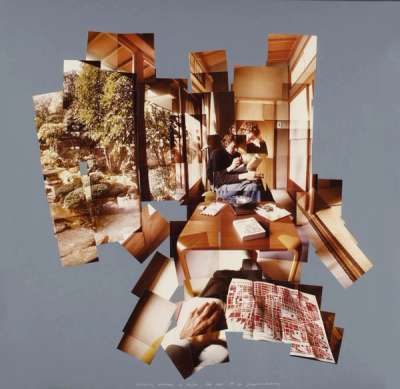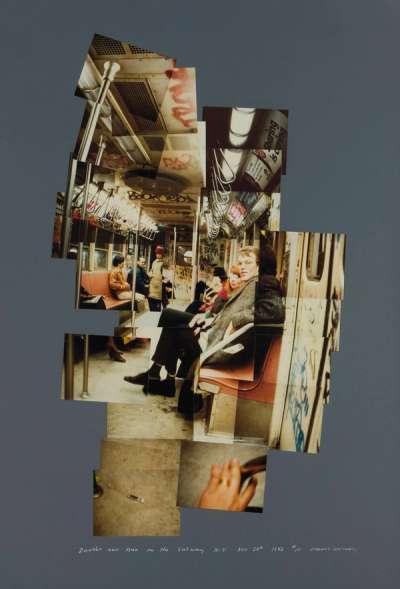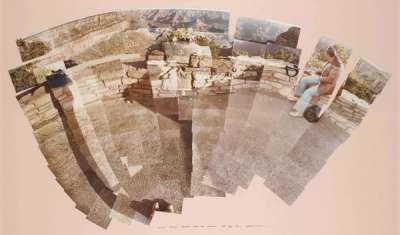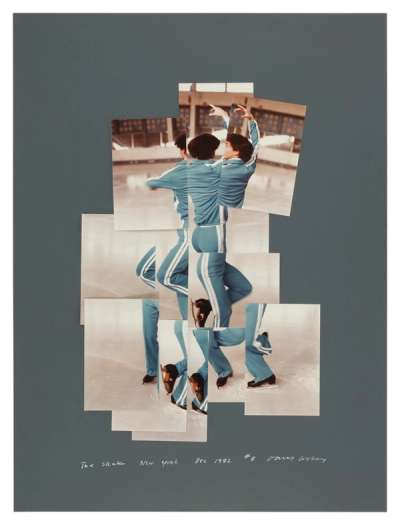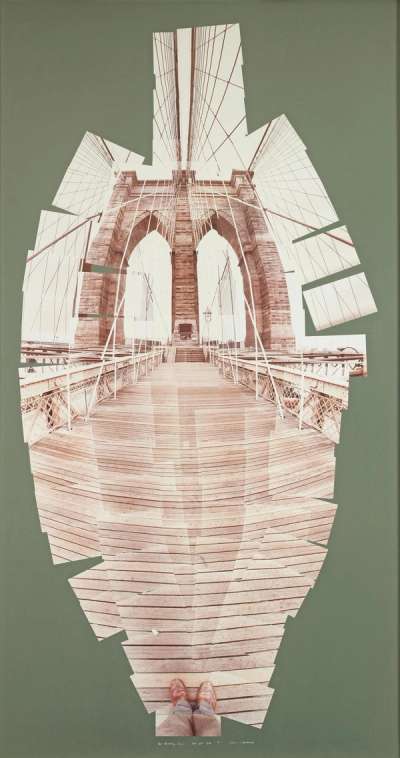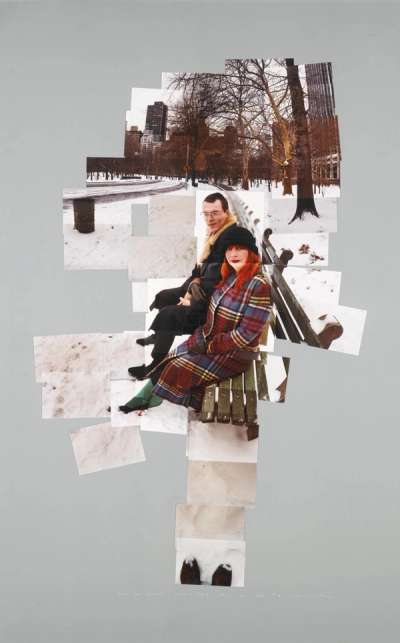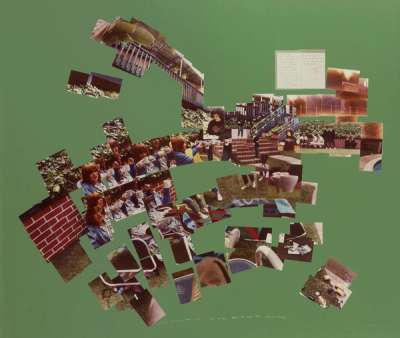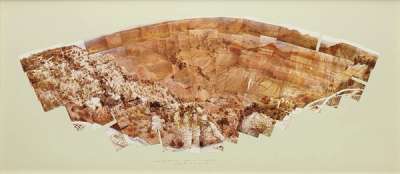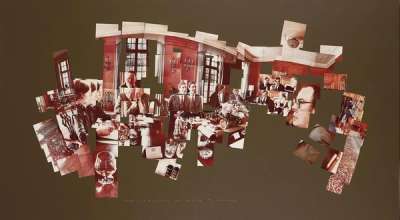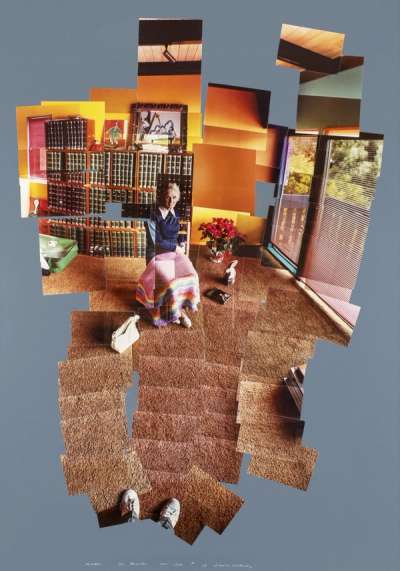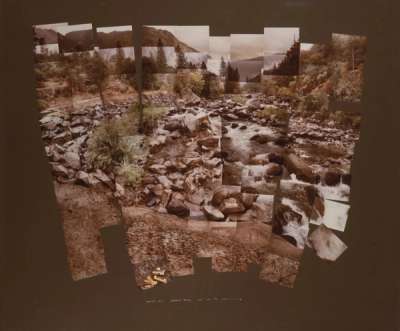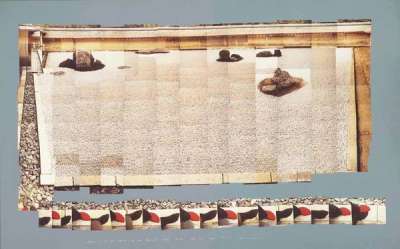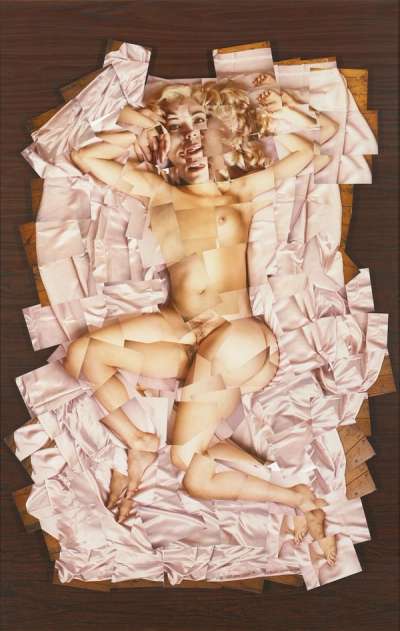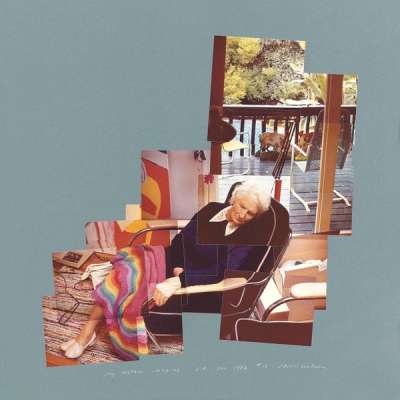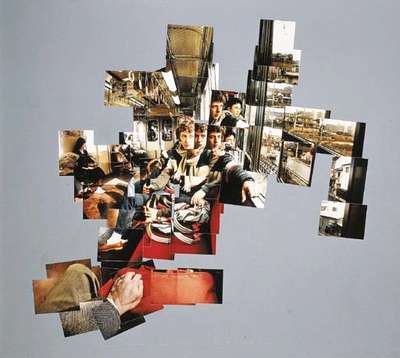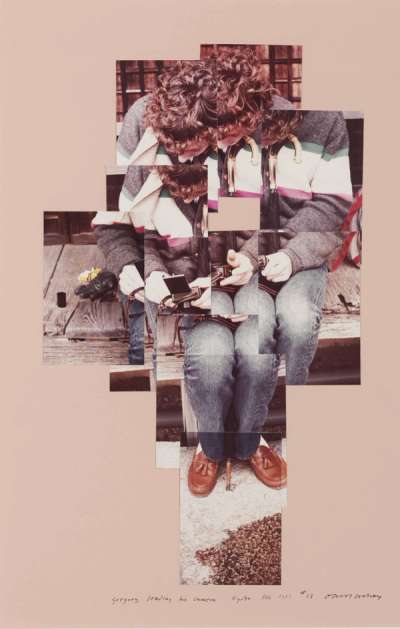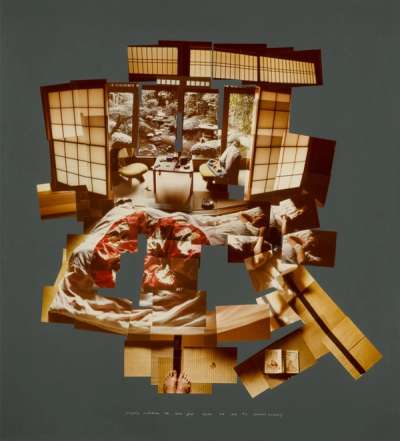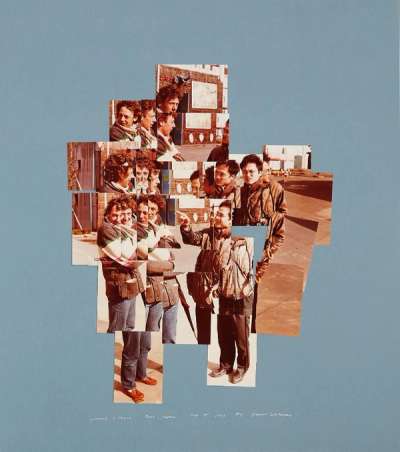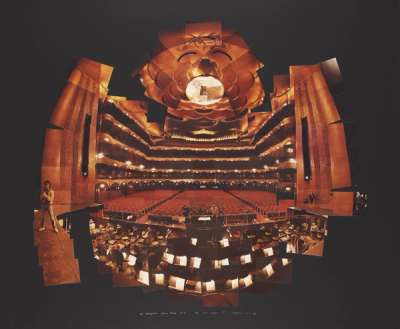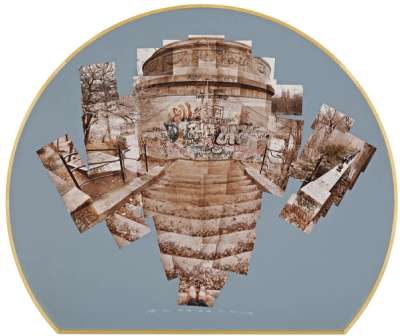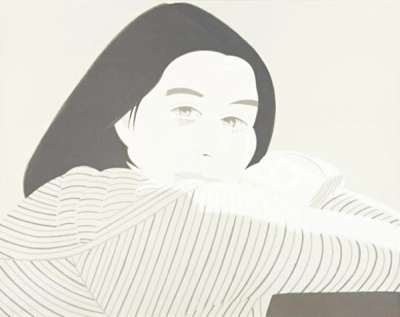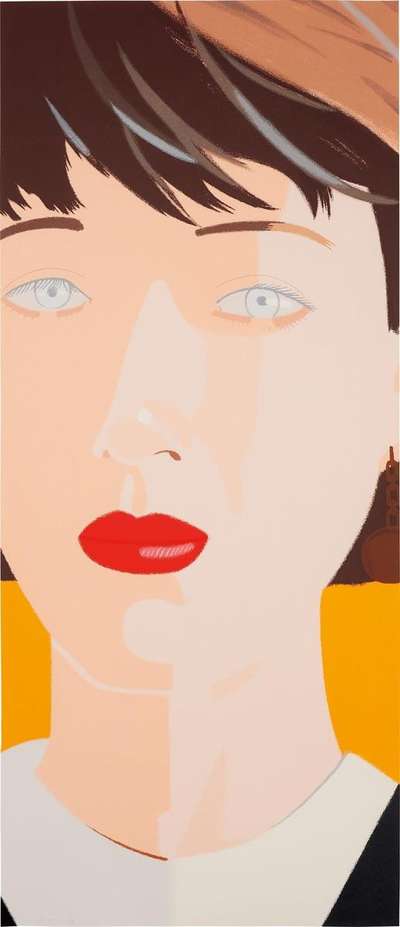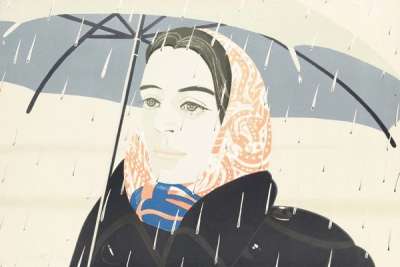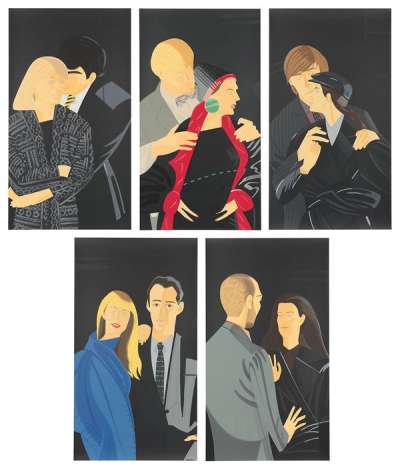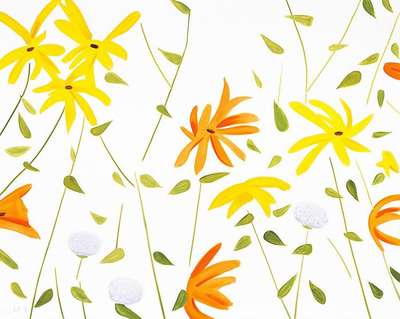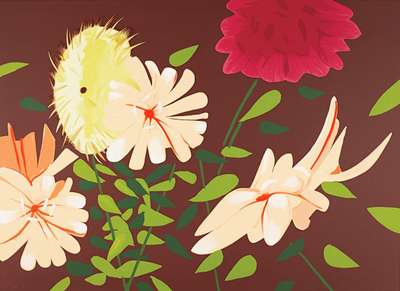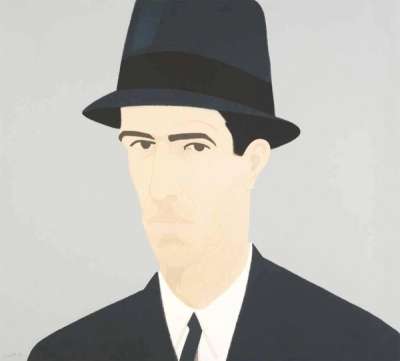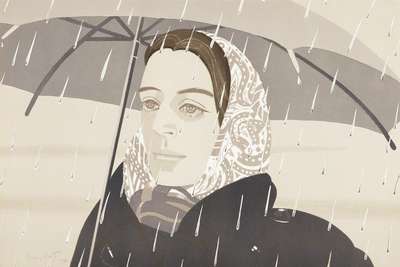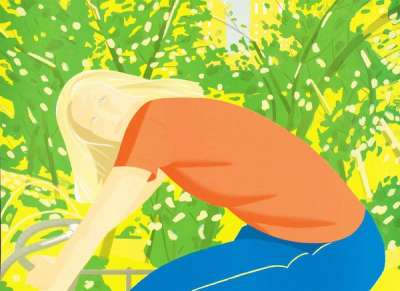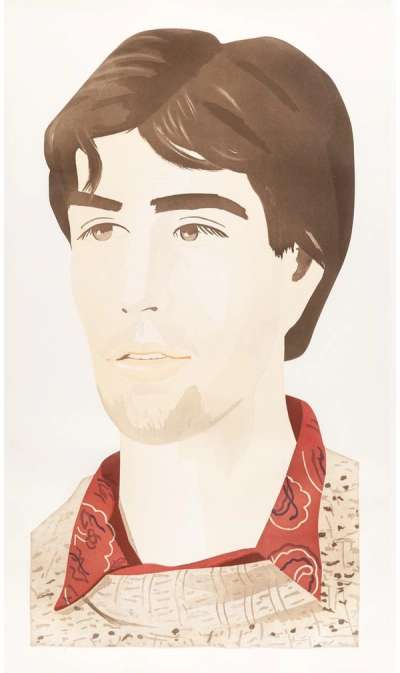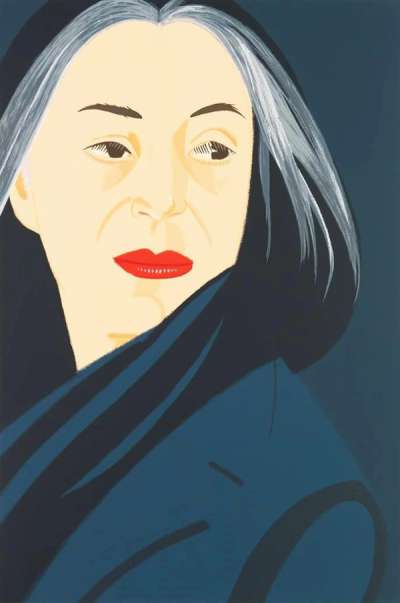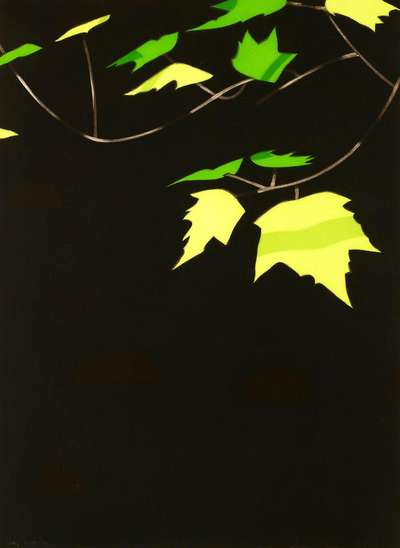
The Ashtray, Sunday Morning, Tokyo

The Ashtray, Sunday Morning, Tokyo
Signed Print
David Hockney
£16,000-£24,000Value Indicator
$30,000-$50,000 Value Indicator
$29,000-$45,000 Value Indicator
¥150,000-¥220,000 Value Indicator
€19,000-€29,000 Value Indicator
$160,000-$240,000 Value Indicator
¥3,060,000-¥4,590,000 Value Indicator
$20,000-$30,000 Value Indicator
AAGR (5 years) This estimate blends recent public auction records with our own private sale data and network demand.
There aren't enough data points on this work for a comprehensive result. Please speak to a specialist by making an enquiry.
Medium: Photographic print
Edition size: 20
Year: 1983
Size: H 143cm x W 136cm
Signed: Yes
Format: Signed Print
TradingFloor
Track this artwork in realtime
Watch artwork, manage valuations, track your portfolio and return against your collection
Track auction value trend
Auction Results
| Auction Date | Auction House | Location | Hammer Price | Return to Seller | Buyer Paid |
|---|---|---|---|---|---|
| October 2022 | Christie's London | United Kingdom | |||
| October 2015 | Phillips New York | United States | |||
| March 2014 | Phillips New York | United States | |||
| September 2012 | Christie's London | United Kingdom | |||
| October 2011 | Phillips London | United Kingdom |
Meaning & Analysis
Created in 1982, a year in which British artist David Hockney experimented at length with photography, this signed print belongs to the artist’s Photo Collages collection. Released in a limited edition of 20, it comprises a number of individual photographs of a Tokyo street.
The Ashtray, Sunday Morning, Tokyo is a signed print by British artist David Hockney. Depicting a Tokyo street from many different angles, it engages directly with the interplay between the urban environment and nature, much like another print in the Photo Collages collection, Graffiti Palace, New York (1982), which chooses a rotunda in New York’s Central Park as its subject matter. Taken during one of Hockney’s trips to Japan, a country he has been visiting since 1971 – a year marred by his breakup with American artist Peter Schlesinger – the piece’s multiple perspectives marry the urban and the natural world. In this piece, one of the many focal points of Hockney’s camera-as-eye is a tree jutting out of the pavement; surrounded by power cables and bold signage rendered in Japanese ‘Kanji’ script, the tree serves as a visual link to another of Hockney’s photo collages which portrays the Merced River, Yosemite Valley (1983). Movement is not absent from this piece, however, with Hockney tracing a figure’s movement as they walk across the street. Committing each moment of this miniature ‘event’ to the composition, Hockney references his own photographic philosophy and advocation of a new form of image-making which would better reflect the human experience.
British-born artist David Hockney is a kaleidoscopic force in the art world. Born in 1937, Hockney's vibrant palette and innovative techniques have left an indelible mark on contemporary art. A pioneer of the British Pop Art movement in the 1960s, he seamlessly transitioned through various styles, from photo collages to vivid landscapes. Renowned for his exploration of light and space, Hockney's versatility extends to painting, printmaking, photography, and stage design. A captivating storyteller, his works often capture the essence of modern life with a playful yet profound touch. With a career spanning decades, Hockney remains an enduring visionary in the ever-evolving art world.
